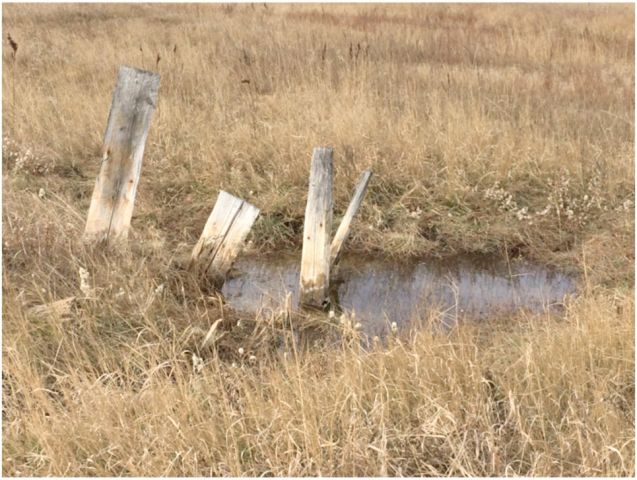
A university researcher is looking for help from residents to learn more about soap holes.
Soap holes were first described in the 1960s by researcher Josef Toth as “local areas of soil weakness where a mixture of water and sediment can be discharging. Sometimes there is a little pile of soil (like a little mud volcano) at their orifice or puddles of standing water.”
Many might know them as mud boils, and Jake MacLaine wants to learn more about them.
“Understanding how common they are and their distribution in the context of Alberta geology is the main focus of my undergraduate research, which I’m conducting with Dr. Cathy Ryan in Geosciences at the University of Calgary,” he said. “In the longer term, our research team may select a few to investigate in greater detail in the future.”
MacLaine explains these are a unique feature, but he says in his research, most rural landowners he has contacted in the area are aware. There have been reports as far west as the foothills. They are described as soap holes because the sediment can feel like a soggy bar of soap.
One of the unique characteristics they want to look at is, at times, some of these are reported to be very deep. As Toth recorded, he could bury a 2.5 meter pole into one. Other anecdotal reports tell of people sticking telephone poles into them by hand.
“It is common for livestock or machinery to get stuck in them. For this reason, farmers stick fence poles in or around them,” he said.
“One rancher I talked to in the area said they just about lost a horse in one. They went out into the pasture to show their grandkids the horses. They found only the head of one horse sticking out of the soap hole. Luckily, they were able to pull the horse out before hypothermia set in. And they were lucky to get there when they did.”
Another unique characteristic to some is that some have remained unfrozen through the winter in the absence of significant water flow.
For his research, MacLaine is planning to contact as many landowners as possible to learn the location and characteristics of these soap holes and have landowners complete a short survey.
His survey is at http://fluidsurveys.com/s/soap-holes/. For more information email MacLaine at jamaclai@ucalgary.ca





















